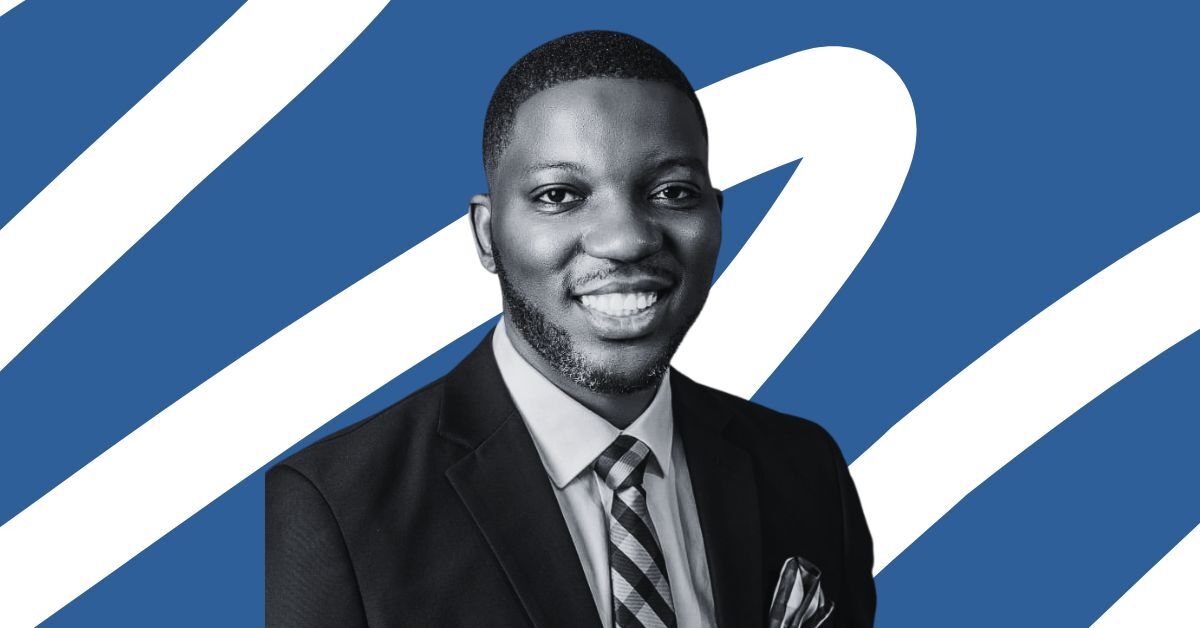As Cardinal Kevin Farrel has confirmed, Pope Francis has died at 88 years of age. With his death, a protocol as old as ancient, a meticulous process designed for centuries of ecclesiastical tradition has been automatically activated. This has begun a kind of choreography of ancestral rituals that regulate the transition of the most emblematic spiritual power in the world. These are all the phases that will end in white smoke.
Sealed for centuries. As we said, after the death of the Pontiff, the head of the Vatican Health Department, Cardinal Kevin Joseph Farrell, current head of the position, has officially verified death. The body will now be transferred to the Pope’s private chapel, dressed in a white cassock and liturgical ornaments, and placed in a zinc -lined wood coffin. Next to him will deposit his miter, the canopy and a bag with coins of his pontificate, in addition to a “rogito”, a scroll that summarizes his life and legacy, which will be read aloud before closing the coffin.
Meanwhile, the Pope’s private room, located in the Santa Marta house, will be sealed, and the fisherman’s ring (the official stamp of the pontiff) will be ceremonially destroyed with a small hammer to prevent any type of falsifications. Farrell will write an official death certificate and will be responsible for ensuring the Pontiff’s personal documents. The period called then begins vacantduring which ecclesial leadership is in the hands of the Cardinals College, but without faculties to make transcendental decisions until the new successor is chosen.
Public tribute. True to his austere style and away from the boato, Francisco had already reformulated the Papal Funeral Standards in 2024. He did so eliminating many elements of the traditional pomp. Namely: your body will not be exposed in a high catafalco or transferred for private views of ecclesiastical hierarchs, but will be displayed directly inside the coffin in the Basilica of San Pedro so that the people can pay tribute. Thus the nine -day mourning will begin to be known as novendial.
Francisco had abolished the tradition of the three coffins for the deceased pontiffs, replacing them with a single simple wood and zinc coffin. This decision, contained in the new edition of the Ordo The Roman PontiffI was looking for (according to the words of the master of liturgical ceremonies, Diego Ravelli) “show that the funeral of the Roman pontiff is that of a pastor and disciple of Christ, not that of a powerful man in the world.”
Funeral without ostentation. The procession to the temple will be directed by Camarlengo Farrel, and the Cardinals College will set the date of the funeral, planned between four and six days after death (that is, from Monday). Throughout nine days, funeral masses and prayers will be held throughout Rome.
In addition, and contrary to the custom of burying the Pontiff in the Vatican crypts, Francisco has also arranged to rest in the Basilica of Santa María la Mayor, a place of deep personal devotion and frequent fate of prayer during his papacy. With this election it will become the first Pope in a century to be buried outside San Pedro.
The conclave. Fifteen to twenty days after the death, the Cardinals College will be summoned by its dean, Cardinal Giovanni Battista Re, to start the conclave that will designate the new Pontiff. Only cardinals under 80 can vote (about 120 approximately) and all must swear absolute secret before being isolated in the Sistine Chapel, the sacred space that becomes the headquarters of the most hermetic and solemn process of the Church.
By the way, the term conclave (from Latin cum clave“Under key”) refers to the obligatory confinement that prevents delays and guarantees confidentiality. Voting, which can be repeated up to four times a day, require a two -thirds majority for a candidate to be chosen.
White smoke After each vote, the ballots are burned along with chemical additives that generate smoke: black if there is no agreement, white if there is. Once the consensus is reached, the chosen one is asked if he accepts the position and what papal name wishes to adopt. As a reference, Francisco’s choice (first non -European pontiff in 1,300 years) required five votes in 24 hours, but in the past there were conclaves that extended for months or even years.

We have. The new Pope is then dressed in the White Sotana in the next sacristy, and after greeting his voters, he goes to the central balcony of the Basilica of San Pedro. There, before thousands of faithful gathered in the square and millions of viewers worldwide, a cardinal announces in a solemn voice: We have a pope. Now, the new Pontiff greets and offers his first blessing City and the Worldthus opening a new chapter in the millenary history of Catholicism.
No doubt, the figure of the Pope, in addition to being a spiritual guidance of more than one billion faithful, exerts a remarkable moral and diplomatic influence on the global scenario, and his choice will surely be observed with attention both by believers and by international leaders. Meanwhile, Francisco’s legacy (marked by a preaching focused on humility, social justice and institutional reform) will be sealed not only in his deedbut also in the memory of an era in which the throne was occupied by a man who chose to “walk among his.”
If you want to also, the death of a Pope is an event of enormous global resonance, one wrapped in a solemnity and a symbolism that transcends the religious to become an expression of historical continuity and spiritual power in the 21st century.
Image | Diariocritical, Penn State
In WorldOfSoftware | Pope Francis made his opinion clear about the medical ethics of the end of life. The one we do not know is that of the Vatican
In WorldOfSoftware | In the sixteenth century it was believed that coffee was a satanic drink. So Pope Clemente VIII decided to “baptize him”











